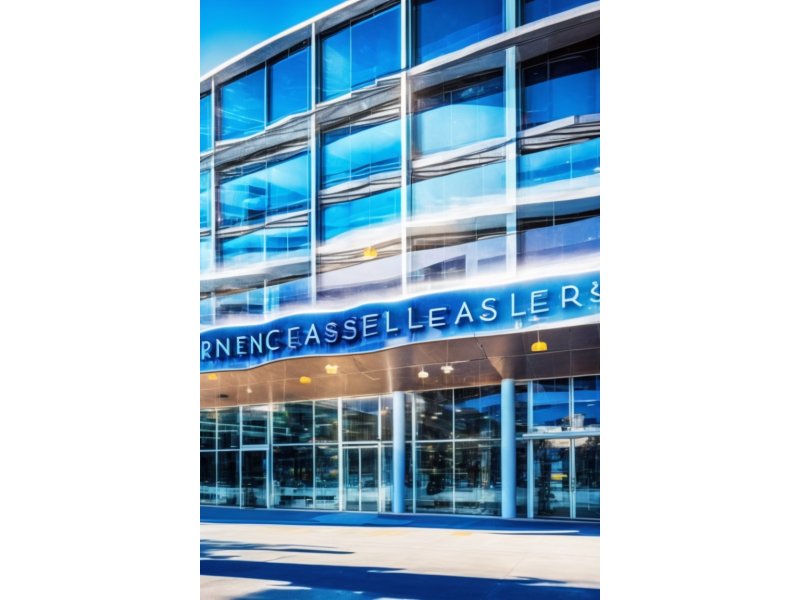
Introduction:
Commercial leases play a crucial role in the business world, serving as legally binding agreements between landlords and tenants. Whether you're a business owner looking to lease a commercial space or a property owner seeking to rent out your property, understanding the key terms and considerations involved in commercial leases is essential. In this blog post, we will delve into the important aspects of commercial leases, helping you navigate through the complexities of these agreements.
1. Lease Types:
Commercial leases come in various forms, each catering to different business needs. The most common types include:
a. Gross Lease: In a gross lease, the tenant pays a fixed amount of rent, and the landlord assumes responsibility for operating expenses, such as property taxes, insurance, and maintenance costs.
b. Net Lease: Unlike a gross lease, a net lease requires the tenant to pay not only the base rent but also a portion or all of the operating expenses associated with the property. Net leases are further classified into single, double, or triple net leases based on the extent of expenses covered by the tenant.
c. Percentage Lease: This type of lease is often used in retail properties, where the tenant pays a base rent along with a percentage of their sales revenue.
2. Lease Term and Renewal Options:
The lease term refers to the duration for which the tenant will occupy the space. It's important to negotiate a lease term that aligns with your business goals and provides stability. Additionally, consider including renewal options in the lease, allowing you to extend the tenancy beyond the initial term if needed.
3. Rent and Rent Increases:
The rent amount is a crucial aspect of any commercial lease. Negotiate a fair and competitive rent based on market rates and the value of the property. It's also important to understand the terms regarding rent increases, whether they are fixed or subject to periodic adjustments, such as annual increases tied to the Consumer Price Index (CPI).
4. Maintenance and Repairs:
Commercial leases typically outline the responsibilities for maintenance and repairs. Consider the division of responsibilities between the landlord and the tenant, including who is responsible for structural repairs, utilities, common areas, and regular maintenance.
5. Use and Restrictions:
The permitted use of the leased space should be clearly defined in the lease agreement. Ensure that the allowed activities align with your business needs. Additionally, be aware of any restrictions imposed by the landlord, such as signage limitations or limitations on alterations to the property.
6. Assignment and Subletting:
Consider whether the lease allows for assignment or subletting of the space. This provision can be crucial if you need to assign or sublet the lease to another party due to changing business circumstances.
7. Termination and Default:
Understanding the termination and default provisions is crucial in case unforeseen circumstances arise. Familiarize yourself with the conditions under which the lease can be terminated, such as non-payment of rent, violation of terms, or breach of contract. Additionally, review the remedies available to both parties in the event of default.
Conclusion:
Commercial leases are complex legal agreements that require careful consideration and negotiation. By understanding the key terms and considerations outlined in this blog post, you'll be better equipped to navigate the world of commercial leases. Whether you're a tenant or a landlord, seeking professional legal advice and conducting thorough due diligence before signing any lease agreement is always recommended. With the right understanding and preparation, you can secure a lease that supports your business objectives and ensures a mutually beneficial relationship between the landlord and tenant.
Share This News